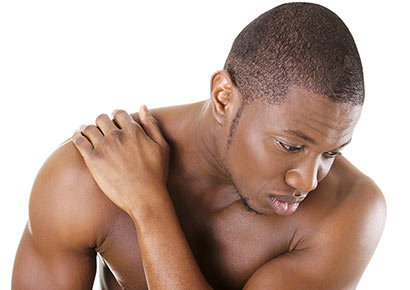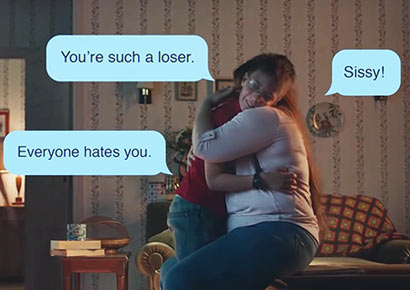Is the end of toxic masculinity in sight?
 Toxic masculinity is today usually associated with its impact on women, but the term had its origins in how this kind of behaviour also deeply damages men themselves.
Toxic masculinity is today usually associated with its impact on women, but the term had its origins in how this kind of behaviour also deeply damages men themselves.
Before it blew up when the #MeToo movement gained ground in 2017, the term “toxic masculinity” was used to describe a problematic type of manliness that represses the “deep masculinity” of pre-industrialised man.
From the early 1980s and throughout the 1990s, the mythopoetic men’s movement made it its mission to free modern men from the shackles of expectation that society had created for them, utilising outdoor wilderness retreats and ancient Native American traditions to connect men more deeply to one another and to the “deep masculine” characteristics that members of the mythopoetic men’s movement believed society had stripped them of.
It’s believed that one of the movement’s leaders, Shepherd Bliss, first coined the phrase “toxic masculinity” to describe behaviours that were detrimental to men, wanting to break away from the idea of men being one-dimensional archetypes that are emotionally detached, self-reliant to the extreme and who condemn femininity in themselves and in other men.
It is important to note that toxic masculinity does not and has never referred to masculinity in general, but rather addresses certain types of behaviour associated with masculinity that can have toxic results on men themselves, as well as on the people they interact with; other men, women, and sexual and gender diverse individuals.
Behaviours associated with toxic masculinity include aggression, intimidation, violence, emotional detachment, hypercompetitiveness, and sexual objectification and predatoriness. None of these behaviours are inherently biologically associated with men and masculinity, but that they are harmful actions that are a result of conditioning by society over a number of years.
The American Psychological Association confirmed this when they released Guidelines for Psychological Practice with Boys and Men earlier this month, which provides recommendations to clinicians treating men and boys – a particularly psychologically vulnerable group that is far more inclined to suicide and homicide, among other harmful behaviours, than their female counterparts.
The APA acknowledges that traditional masculinity insofar it is prescribed by society at large, together with an overall reluctance to self-care, is extremely harmful to men. In fact, the Oxford English Dictionary named “toxic” their word of the year in 2018, noting that after “chemical”, “masculinity” was the most-used word in conjunction with “toxic” last year.
When Gillette released a new ad specifically addressing toxic masculinity just days after the APA guidelines were made public, it was widely praised, but also received backlash from a number of men who accuse the shaving brand of assaulting manliness and men in general. Gillette’s ad directly addresses its biggest client base, asking, “Is this the best a man can get?” and referring to issues like bullying, harassment and the mental health of men.
Taking all of this into account, it might be useful to turn the tables and ask what (male dominated) society would have done, had members of any other gender representation been responsible for the majority of heinous acts of violence and harassment against people and against themselves. The answer seems obvious: it would have been condemned as conduct that falls outside of the realm of what is acceptable behaviour, and it would have been prioritised as an issue that needs attention.

From the Gillette ad
The #MeToo movement is being hailed as a watershed movement (albeit, one that is highly overdue) for women across the globe, who are now raising their voices against decades of silence surrounding abuse, discrimination and harassment. #MeToo has become a philosophy that connects all women – cis and trans, gay and straight, old and young – but it did take more than a century, since the formation of the first wave of feminism, to take hold among the general public.
Men of all creeds, colours, religious affiliations, sexual orientations and gender representations have to be freed from the traditional expectations that are placed upon them, and not just for the benefit of the women who have started calling their behaviour out, but also for their own safety and advantage during a moment in history when gender as a concept is being reconsidered and redefined.
As for those men who have lashed out at the Gillette ad and other condemnations of toxic masculinity, they may be surprised to learn that the term was ironically first created by men for men. That may be something to ponder.
Leave a Reply